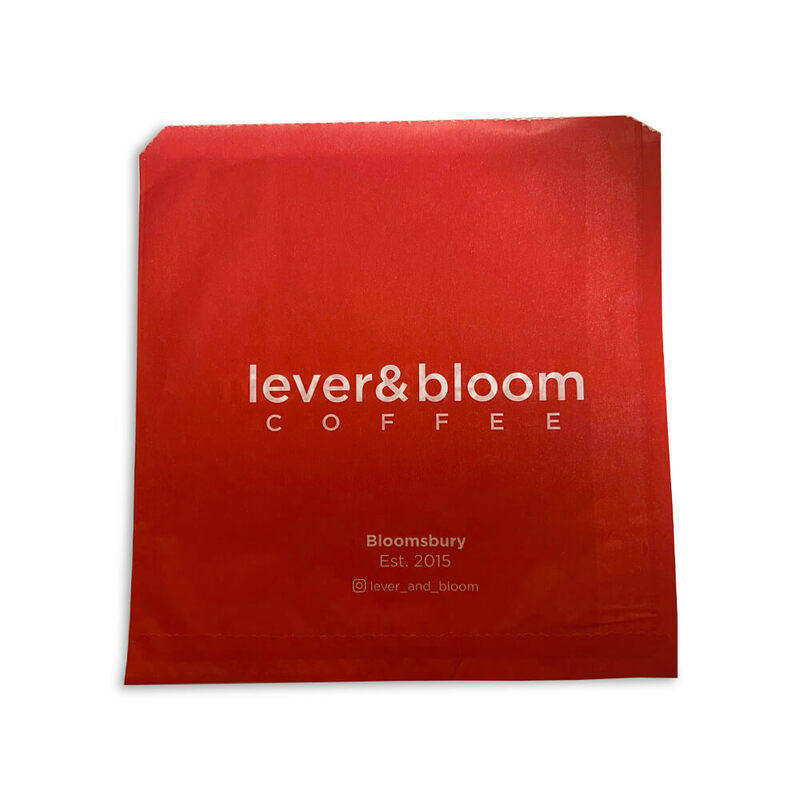The Rise of Disposable Food Containers Convenience Meets Sustainability
In today’s fast-paced world, disposable food containers have become an essential part of our everyday lives. From take-out meals to meal prep at home, these containers offer unmatched convenience, but they also raise significant concerns regarding environmental sustainability. As consumer habits evolve, it's worth exploring the implications and innovations surrounding disposable food containers.
The Convenience Factor
Disposable food containers are designed to make life easier. They allow for quick storage, transportation, and consumption of food, making them popular among busy professionals and families. Take-out restaurants, catering services, and food delivery apps rely heavily on these containers to provide customers with hassle-free dining experiences. The variety of options available, from plastic to biodegradable materials, caters to diverse consumer needs, ensuring that everyone can find a suitable solution for their food storage needs.
Moreover, these containers simplify meal preparation and planning. Home cooks can batch-prep meals and store them in disposable containers for later consumption, aiding in portion control and reducing food waste. This level of convenience enables individuals to maintain a healthy lifestyle while saving time, making disposable food containers an attractive choice.
Environmental Concerns
While disposable food containers offer ease of use, they also contribute significantly to the global waste crisis. Most plastic containers are not biodegradable, leading to long-lasting environmental impacts. Landfills are overflowing with discarded plastics, which take hundreds of years to decompose. The oceans are similarly affected, with millions of tons of plastic waste harming marine life and ecosystems.
The challenge lies in balancing the convenience of disposable containers with the need for sustainable waste management. Consumers are increasingly aware of the environmental footprint of their choices, leading to a growing demand for eco-friendly alternatives. In response to this trend, many companies are innovating biodegradable and compostable containers made from materials such as cornstarch, sugarcane, and recycled paper.
disposable food containers

Innovations and Alternatives
The emergence of sustainable alternatives is reshaping the disposable food container market. Companies are investing in research and development to create products that minimize environmental impact without sacrificing convenience. For instance, compostable containers break down in industrial composting facilities, returning valuable nutrients to the soil and reducing landfill waste. Some businesses are even offering reusable container programs, where customers can return their containers for cleaning and reuse, fostering a circular economy.
Additionally, the rise of plant-based packaging made from renewable resources is gaining traction. These materials not only reduce reliance on fossil fuels but also appeal to environmentally conscious consumers. As awareness grows, many restaurants and food delivery services are adopting these sustainable practices, positioning themselves as responsible choices in a crowded market.
Making Informed Choices
As consumers, making informed decisions about disposable food containers is essential. It starts with understanding the materials used in packaging and their environmental impacts. Whenever possible, opt for companies that prioritize sustainable practices, such as using compostable or recyclable containers. Encouraging local businesses to adopt eco-friendly packaging can also foster change within the community.
Moreover, reducing our reliance on disposables can make a significant difference. Bringing personal reusable containers for take-out meals can help minimize waste. By shifting our mindset from convenience to sustainability, we can collectively work towards a healthier planet.
Conclusion
The popularity of disposable food containers is unlikely to wane, given the modern world’s demand for convenience. However, the narrative is changing as both consumers and companies recognize the importance of sustainability. By embracing innovative solutions and making conscious choices, it is possible to enjoy the benefits of disposable containers while minimizing their environmental impact. The future of food packaging lies in striking a balance between convenience and sustainability, paving the way for a greener tomorrow.



